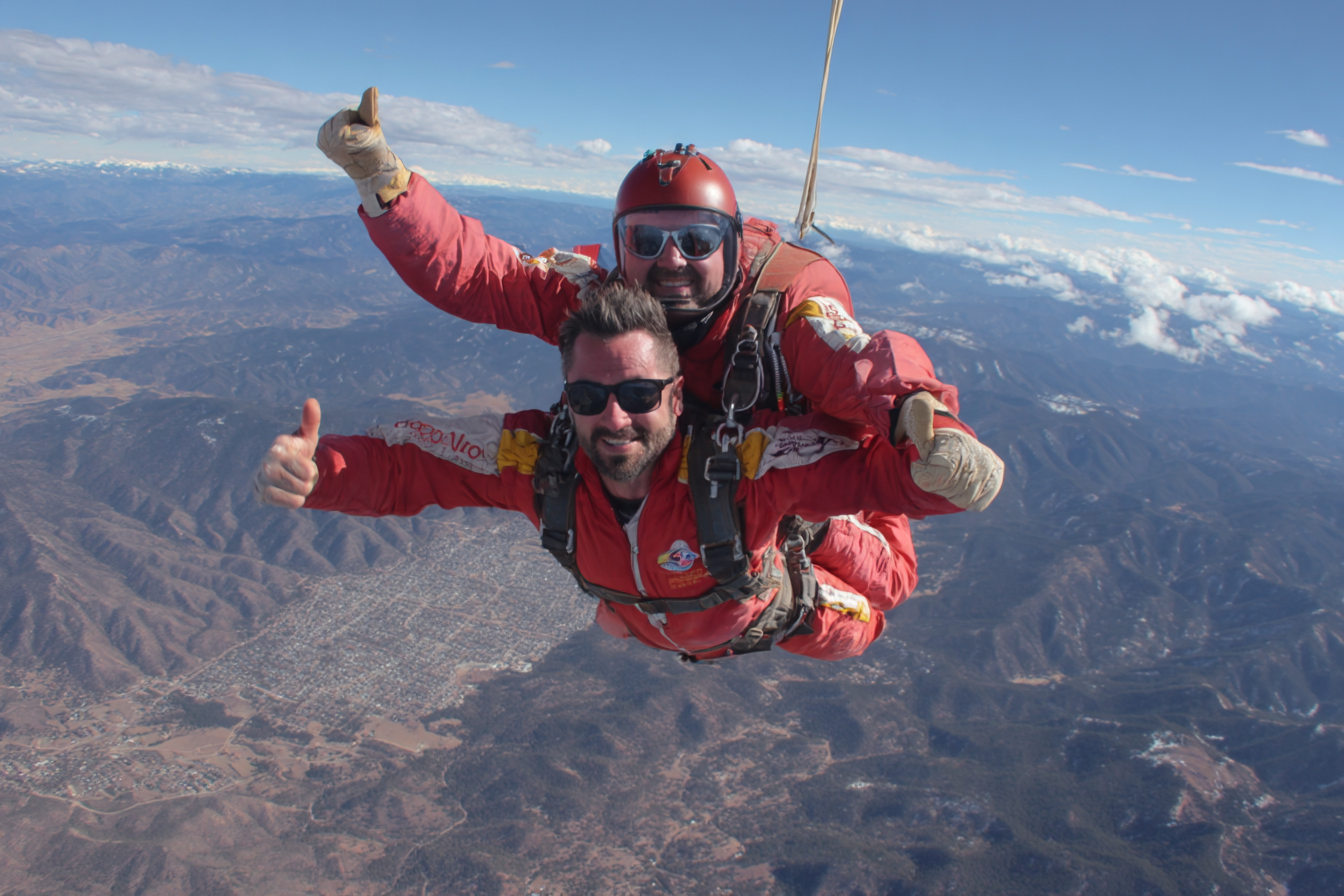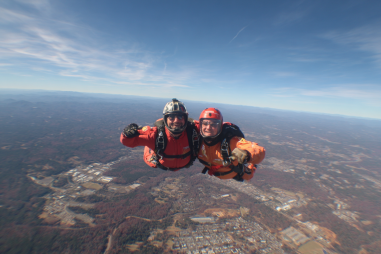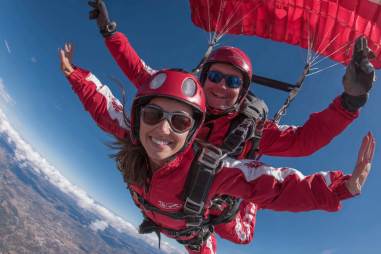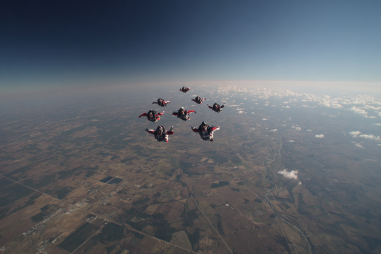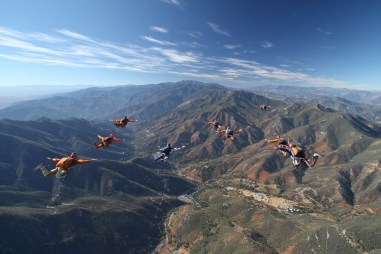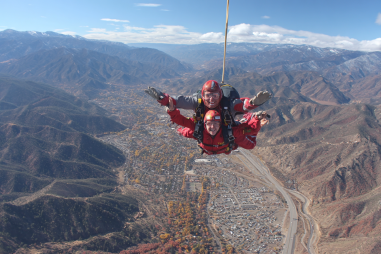For anyone considering their first skydive, understanding the various types of jumps designed specifically for beginners can significantly reduce nerves and boost confidence. Skydiving is an exhilarating yet safe sport when approached with the right knowledge and preparation. This article will explore the common beginner-friendly skydiving jumps, explaining what to expect and highlighting the safety precautions so your initial skydiving experience is both thrilling and secure.
Introduction to Beginner Skydiving Jumps
Skydiving offers various jumping methods tailored to different skill levels, especially for those just starting out. Beginners typically start with jumps that prioritize safety, provide guided assistance, or gradually introduce the thrill of freefall and parachute operation. Knowing the differences between these jumps can help you choose the best option to begin your adventure in the sky.
Tandem Jumping: The Safest Start
Tandem skydiving is widely regarded as the safest and most popular way for first-timers to experience skydiving. In a tandem jump, you are securely harnessed to a professional instructor who handles all key aspects of the jump—such as exit from the aircraft, freefall, parachute deployment, and landing. This method allows beginners to enjoy the sensation of freefall at speeds around 120 miles per hour without needing in-depth training beforehand.
Since the instructor is responsible for the technical parts, you can focus on enjoying the experience and taking in the breathtaking views. Additionally, the instructor’s expertise significantly lowers any potential risks. Tandem jumps usually involve a detailed ground briefing covering body position and safety instructions before the jump.
Static Line Jumps: Learning Parachute Deployment
Static line jumping is another common beginner jump type that introduces novices to parachuting fundamentals. In this method, your parachute is automatically deployed as soon as you exit the airplane, thanks to a line attached to the aircraft that pulls the chute open. This allows you a brief freefall before the canopy deploys, minimizing the risks involved with deploying your own parachute.
Static line jumps help newcomers focus on body position during exit and landing techniques while avoiding the complexities of manual parachute deployment. This type of jump is a natural step for skydivers who want more hands-on experience than tandem but still appreciate safety measures that protect them during the jump.
Accelerated Freefall (AFF) for Beginners
The Accelerated Freefall method is designed for those who want to learn how to skydive independently from their very first jump. AFF involves jumping with one or more instructors who hold onto you during freefall to ensure stability and assist with parachute deployment. Unlike tandem, where you are attached to an instructor, AFF requires that you have completed intensive ground training covering body position, emergency procedures, and parachute operation.
This type of jump allows you a longer freefall experience, usually around 40-60 seconds, giving you a true sense of the thrill while under professional supervision. AFF is often part of a structured skydiving training program that prepares you to become a licensed skydiver.
What to Expect During Your First Jump
Your first skydive, regardless of the jump type, begins with ground school where you’ll receive safety instructions, an overview of the jump procedure, and basic body positioning tips. You will then gear up, board the aircraft, and ascend to your jump altitude. The excitement builds as the plane reaches jump height, usually between 10,000 and 14,000 feet.
Depending on the jump type:
- Tandem: You will be connected to your instructor who manages the exit and parachute control.
- Static line: You prepare to exit independently, with the parachute deploying automatically.
- AFF: You exit solo but with instructor assistance for stability.
After exiting, you’ll enjoy the breathtaking freefall, followed by the parachute phase where you glide safely back to earth. The landing is typically smooth, thanks to the parachute’s control lines that you (or your instructor) handle. The entire experience usually lasts around 5-7 minutes.
Basic Equipment Used in Beginner Jumps
Understanding the equipment used can demystify the jump process and increase comfort during your skydive. Essential gear includes:
- Harness and Container System: The harness secures you to the parachute system, which includes the main parachute, reserve parachute, and automatic activation device.
- Helmet: Protects your head during exit and landing.
- Altimeter: A device to measure your altitude, helping you know when it’s time to deploy the parachute.
- Goggles: Protect your eyes from wind and debris during freefall.
- Jumpsuit: Designed to streamline your body and provide some wind protection.
For tandem jumps, instructors typically wear additional gear to manage the chute systems, while static line and AFF jumps provide individual kits adapted to the jump’s requirements.
Safety Measures for Novices
Safety is the top priority in all skydiving operations, especially for beginners. Here are some key safety measures implemented:
- Professional Instruction: Experienced instructors supervise every step of the jump.
- Comprehensive Training: Ground school sessions explain safety procedures and emergency protocols.
- Automatic Activation Device (AAD): This device automatically deploys the reserve parachute if you are unable to do so manually.
- Thorough Equipment Checks: All gear is inspected before every jump.
- Weather Assessment: Jumps are only conducted under suitable weather conditions to ensure optimal safety.
Following instructions carefully and being honest about your health and fitness levels also contribute to a safe, enjoyable skydiving experience.
Tips for a Successful First Skydive
To make the most of your first jump and ensure everything goes smoothly, keep these tips in mind:
- Get a Good Night’s Sleep: Being well-rested will help you stay alert and focused.
- Stay Hydrated and Eat Lightly: Avoid heavy meals but keep your energy level stable.
- Listen Closely During Training: Understanding the instructions is crucial for safety and confidence.
- Ask Questions: Don’t hesitate to request clarification from your instructors.
- Dress Comfortably: Follow the recommended clothing guidelines to stay warm and mobile.
- Stay Calm and Breathe: It’s natural to feel nervous but deep breaths will help you relax.
- Focus on Enjoying the Moment: Remember, skydiving is an incredible experience—try to soak it all in!
Embarking on Your Skydiving Journey
Choosing the right type of beginner jump is the first step toward an unforgettable adventure in the skies. Whether you start with a tandem jump for a guided experience, a static line jump to practice parachute deployment, or accelerate your learning with AFF, each option is designed to build your confidence and skills safely. Remember that preparation, understanding the process, and trusting your instructors are key to enjoying your first freefall. Once you’ve conquered the initial jump, a thrilling world of skydiving possibilities awaits.

